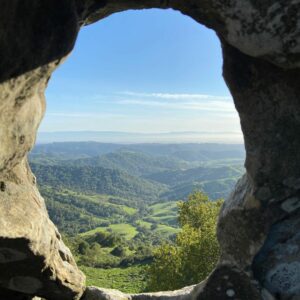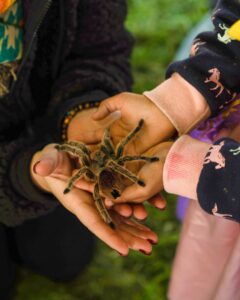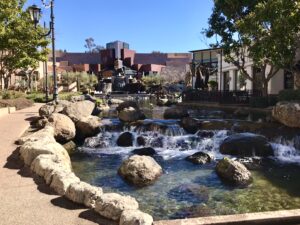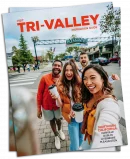From geological phenomenon to creepy crawly creatures: you'll want to see these 5 hidden gems at Mount Diablo State Park.
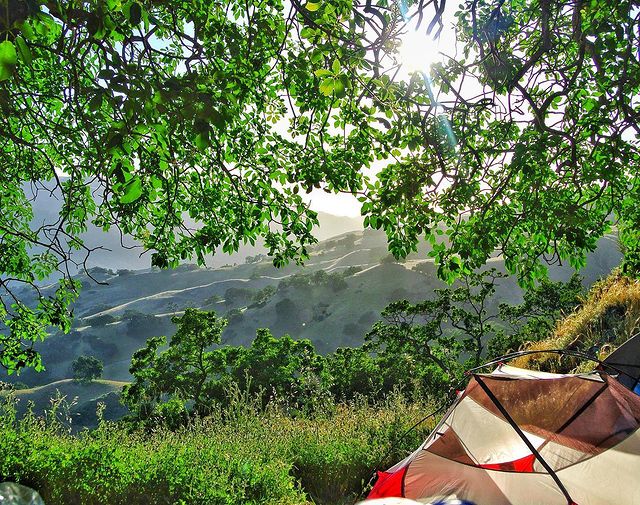
For those who love roughin’ it for a few days, the Tri-Valley features several camping options. Whether you want to backpack into remote areas, pitch your tent beside Lake Del Valle, rent a trailer at a local winery, or set up camp above the clouds on Mount Diablo, there’s plenty of places to roast s’mores while enjoying the great outdoors.
Keep reading for camping options that include tent camping, RV camping, group campsites, equestrian campsites and corrals, RV camping, yurt glamping, and more. Below, you’ll find details about various campgrounds and how to plan your next camping trip to the Tri-Valley.
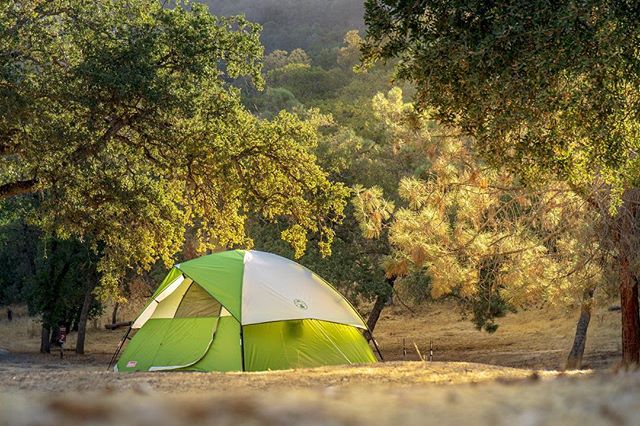
Photo Credit: @celarmie
Del Valle Regional Park
Del Valle Regional Park is a great place for year-round camping and features two swimming beaches, boat and watercraft rentals, boat tours, a boat dock, a Visitors Center, and is suitable for hiking, biking, fishing, horseback riding, and more. Read our What to Do at Lake Del Valle blog for more inspiration.
The park is home to 150 tent and RV campsites, including 5 cabins, two wheelchair accessible sites, and 21 sites with water and sewage and electrical hook ups (120 volt, 50 and 30 amp). These sites feature centrally located bathroom facilities with showers. Family campsites can be reserved up to 12 weeks in advance by booking online or calling 1-888-EBPARKS.
There are several group campsites available for groups larger than 11 people and can be reserved via phone by calling 1-888-EBPARKS at least 5 business days in advance.
Equestrians are also welcome to camp at Del Valle Regional Park at the Little Chaparral camp that features 4 small paddocks. Reserving one paddock includes space for 1-2 horses, 4 people maximum, and parking for one trailer and rig. Large equestrian groups should look into reserving the Caballo Loco equestrian group camp. To reserve, call 1-888-EBPARKS.
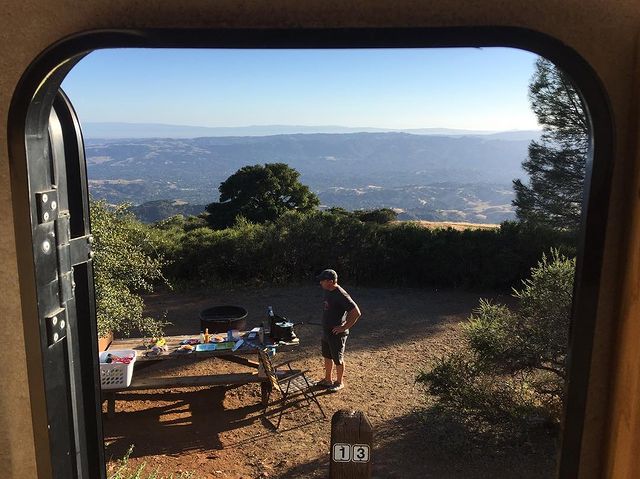
Photo Credit: @casitalife
Mount Diablo State Park
Mount Diablo State Park is a popular spot for hikers, cyclists, equestrians, rock climbers, air gliders, nature enthusiasts, and campers alike, featuring panoramic views of the entire Bay Area. Standing at nearly 4,000 feet, the summit Visitors Center offers sweeping views of the surrounding low-lying region and also houses various educational exhibits. Visitors also enjoy exploring Rock City Park, which is home to fossil-filled outcrops, rock-climbing opportunities, and unique rock formations. For a full guide on this gorgeous park, check out our Visiting Mount Diablo State Park blog.
Mount Diablo State Park features three family campgrounds: Live Oak, Juniper, and Junction, as well as five group campgrounds: Buckeye, Barbecue Terrace, Wildcat, Stagecoach and Boundary.
Campers are welcome to bring their domestic animals, but they must remain in developed areas of the park, kept on a leash during the day, and in an enclosed vehicle or tent at night. There is a maximum length of 20 feet for trailers, motorhomes and campers. Visitors are able to reserve campsites online up to 6 months in advance.
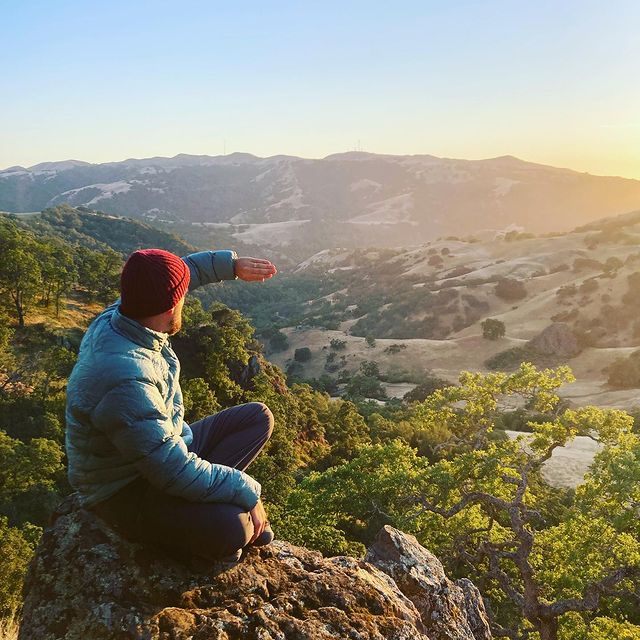
Photo Credit: @chatt_maney
Ohlone Wilderness
Not meant for the faint-hearted, Ohlone Wilderness Regional Preserve features 9,737-acres of parkland and is accessible only by traversing the Ohlone Regional Wilderness Trail. In addition to its abundance of wildflowers and wildlife including golden eagles, mountain lions, and a herd of Tule elk, it’s also home to Rose Peak, which stands just 32 feet lower than Mount Diablo. Visitors and campers can enter the park via Del Valle Regional Park, Sunol Wilderness Regional Preserve, or Mission Peak Regional Preserve.
There are 5 campgrounds along the Ohlone Regional Wilderness Trail. Listed below from west to east:
- Eagle Spring Backpack Camp (mile 4.3) in Mission Peak Regional Preserve (four sites)
- Sunol Backpack Camp (mile 12.0) in Sunol Regional Wilderness (seven sites)
- Maggie’s Half Acre (mile 17.9) in Ohlone Regional Wilderness (three sites)
- Stewart’s Camp (mile 22.3) in Ohlone Regional Wilderness (one site)
- Boyd Camp (mile 26.1) in Del Valle Regional Park (two sites)
A permit is required for both day use and camping/backpacking for each person over the age of 12, and can be purchased online. A separate camping reservation is required if you or your group are planning on camping overnight at one of the designated campsites along the Ohlone Regional Wilderness Trail. Reservations must be made at least two days in advance by calling 1-888-EBPARKS.
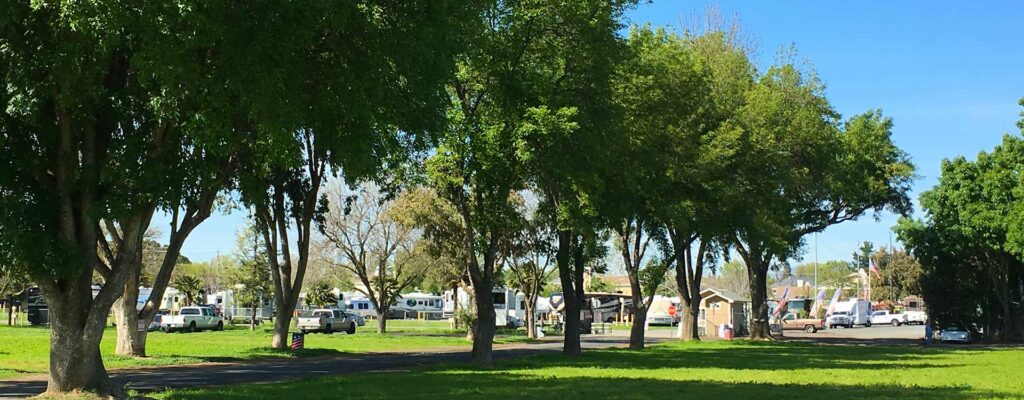
Fair Park RV Campgrounds
The Fair Park RV Campgrounds is located conveniently at the Alameda County Fairgrounds in Pleasanton, right off the 680 highway. These campgrounds offer visitors a secure, gated park with free Wi-Fi, full hook-ups (30 and 50 amp), newly renovated bathrooms, showers, and laundry facilities. Also available to campers are two casual dining options, a 9-hole golf course and driving range, as well as an off-track betting facility featuring live satellite horse racing. Reserve your site online.
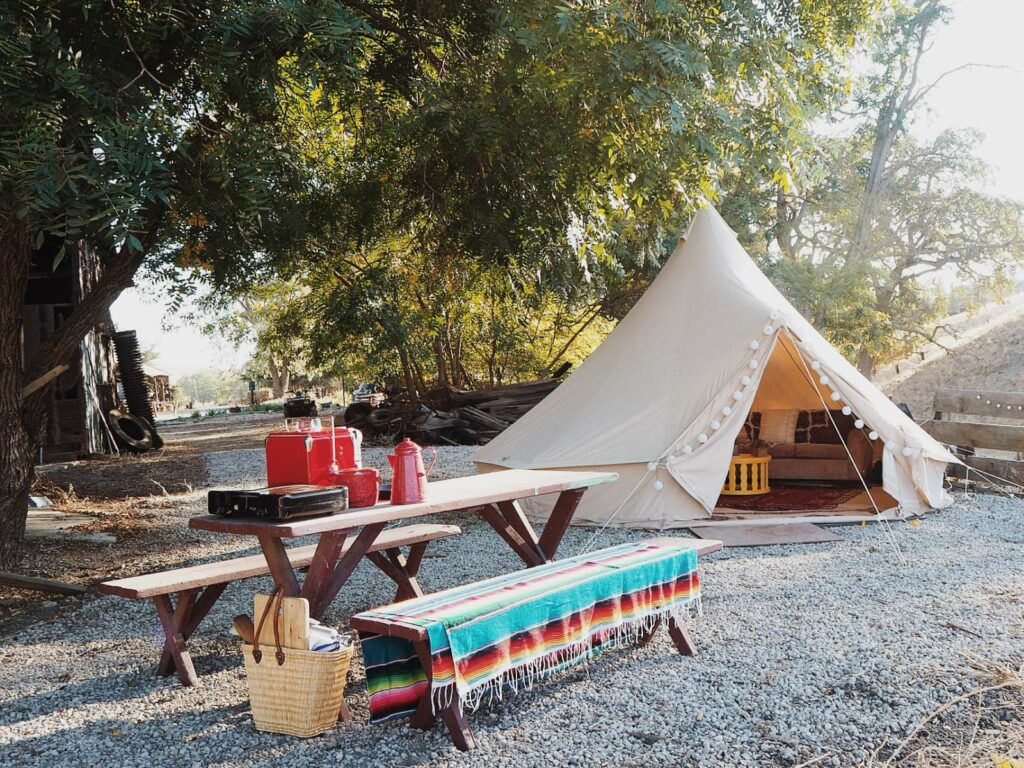
Whiskey Ranch
For those who prefer to glamp, this sweet set up at Whiskey Ranch is for you. Located in the rolling hills of Livermore, this unique campsite shares its space with a wheat farm that’s made into whiskey at a local distillery. Each campsite features a bell tent equipped with two twin-sized mattresses that can be combined to form a king mattress, a circular mood light, and a solar panel/battery pack to charge your devices. Although WiFi is available, campers are encouraged to unplug to enjoy the gorgeous surroundings and wildlife. Other activities include being a short drive to Livermore Valley Wine Country and Downtown Livermore restaurants. Picnic tables, toilets, and showers also available. Reserve your campsite online.
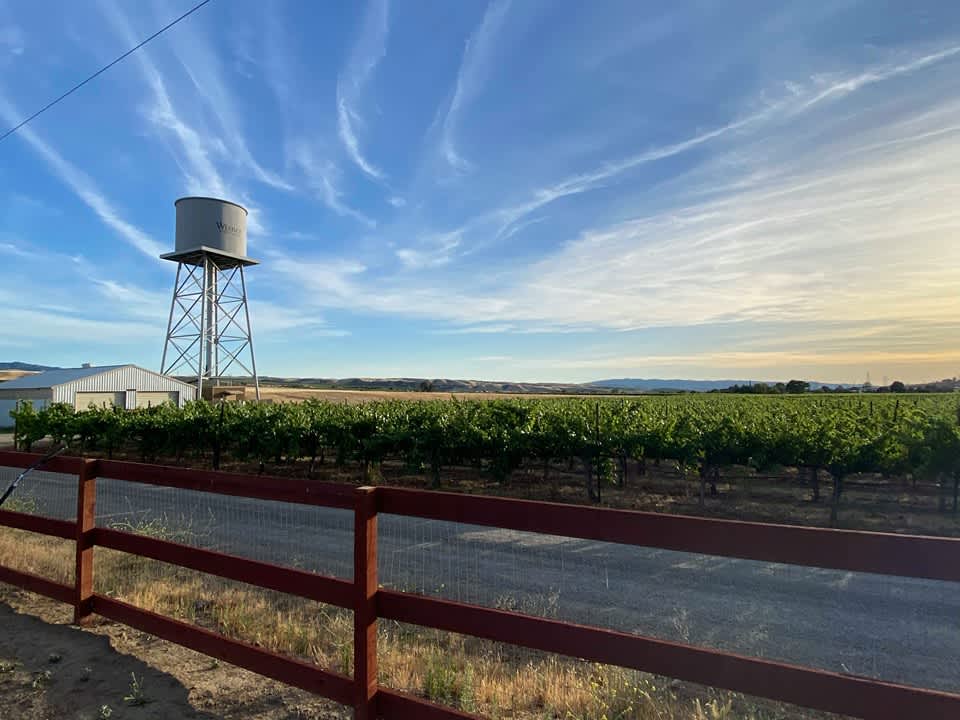
Winery Camping
Reserve the Minnie Winne on the Leisure Street Winery estate, comfortably housing 2 adults and 2 children. Located nearby local various Livermore Valley wineries, Del Valle Regional Park, Purple Orchid Wine Country Resort & Spa, and Downtown Livermore, campers are able to enjoy an abundance of activities during their stay. Reserve your spot on the Minnie Winnie online.
Relevant Articles
These eight-legged creatures can be found in remote areas throughout the Tri-Valley every fall. Read up on everything you need to know heading out on your own tarantula trek.
The town of Danville is a blend of trendy restaurants, boutique specialty shops, and a …
